-
 bitcoin
bitcoin $107208.295278 USD
-1.54% -
 ethereum
ethereum $3874.629914 USD
-1.38% -
 tether
tether $1.000440 USD
0.03% -
 bnb
bnb $1089.465513 USD
-5.53% -
 xrp
xrp $2.327672 USD
-1.65% -
 solana
solana $184.766505 USD
-0.73% -
 usd-coin
usd-coin $1.000076 USD
0.02% -
 tron
tron $0.310632 USD
-1.99% -
 dogecoin
dogecoin $0.187615 USD
-1.60% -
 cardano
cardano $0.633389 USD
-2.75% -
 ethena-usde
ethena-usde $0.999553 USD
0.03% -
 hyperliquid
hyperliquid $35.608231 USD
-4.13% -
 chainlink
chainlink $16.876114 USD
-3.98% -
 stellar
stellar $0.312239 USD
-0.91% -
 bitcoin-cash
bitcoin-cash $473.262969 USD
-7.09%
How to hide a token from my Trust Wallet main screen?
Trust Wallet lets you hide tokens to declutter your view, but the assets remain in your wallet—hiding only affects visibility, not ownership or functionality.
Oct 15, 2025 at 10:36 am
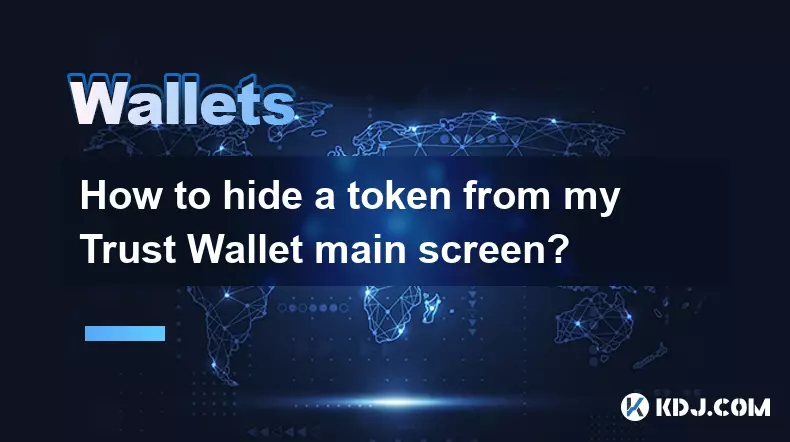
Understanding Token Visibility in Trust Wallet
1. Trust Wallet displays tokens based on the blockchain networks connected to your wallet and the tokens present in your wallet address. When you receive a token, it often appears automatically if it's recognized by the Trust Wallet system. Some tokens may clutter your main screen, especially if they are testnet assets or tokens you no longer use.
2. The visibility of tokens is managed through the internal settings of the app. While Trust Wallet does not offer a direct 'hide' button for individual tokens, users can control what appears on the main screen using built-in features related to token management and network preferences.
3. Tokens that are not native to active networks might still appear if they were previously transacted from your address. This behavior stems from how blockchain explorers index token balances linked to public addresses, which Trust Wallet pulls from decentralized sources.
4. It’s important to distinguish between hiding a token and removing it entirely. Hiding keeps the token accessible but out of sight, whereas removing incorrectly could lead to loss of funds if not done properly. Always ensure you understand the difference before proceeding.
Steps to Remove a Token from the Main View
1. Open Trust Wallet and navigate to the wallet tab showing your list of tokens. Scroll down to locate the token you want to hide.
2. Tap and hold on the token entry until a menu appears. Some versions of the app show a “Hide” option directly; if available, select it to remove the token from the primary view.
3. If no hide option appears, swipe left on the token and look for a delete or hide symbol. Confirm the action when prompted. This does not affect your actual balance—only its visibility.
4. Alternatively, go into Settings > Wallet > Manage Wallets, and adjust which tokens are enabled for display. You can disable certain custom tokens here, effectively hiding them from the home screen.
5. For custom tokens added manually, long-press and choose “Remove.” Again, this only removes the display, not the underlying asset stored on-chain.
Managing Custom and Unknown Tokens
1. Users frequently add custom tokens during ICOs, airdrops, or private sales. These often remain visible even after their usefulness ends. To clean up your interface, access the token section and find the custom token list.
2. Within the token management area, you can toggle off specific tokens. Disabling them prevents them from appearing in your main balance summary while preserving access through manual search or re-addition later.
3. Be cautious when dealing with unknown tokens. Some phishing tokens mimic real projects. Use tools like Etherscan or BscScan to verify contract addresses before deciding whether to hide or keep a token.
4. If a suspicious token appears without your knowledge, do not interact with it. Scammers sometimes send fake tokens to random wallets. Simply hiding such tokens is sufficient and safer than attempting further actions.
Network-Level Adjustments for Cleaner Display
1. Trust Wallet supports multiple blockchains including Ethereum, BSC, Polygon, and others. Each network maintains its own set of tokens. By deactivating less-used networks, you reduce the number of displayed tokens.
2. Go to Settings > Wallet > Network Management. Disable networks you aren’t actively using. This step minimizes cross-network clutter and focuses your view on relevant assets.
3. After disabling a network, associated tokens will no longer appear unless manually searched. This serves as an indirect method of hiding tokens tied to inactive chains.
4. Reactivating a network restores all previously visible tokens on that chain. No data is lost during deactivation—this is purely a display optimization technique used widely among experienced crypto holders.
Frequently Asked Questions
Can I permanently delete a token from my wallet?No, you cannot delete a token permanently because the ownership record exists on the blockchain. You can only hide it from view within the app interface. The token remains part of your wallet address history and can be recovered at any time by re-adding it via contract address.
Will hiding a token affect my ability to receive more of it later?Hiding a token has no impact on future transactions. You can still receive, send, or interact with hidden tokens by searching for them in the DApp browser or adding them back manually using the contract address.
What should I do if a hidden token reappears on its own?This usually happens after receiving a transaction involving that token. Trust Wallet detects new activity and may auto-display the token again. Simply repeat the hiding process to remove it from view once more.
Is there a way to hide tokens across all devices linked to my wallet?Yes, since Trust Wallet uses your seed phrase to restore state, hiding tokens on one device doesn’t sync automatically to others. Each installation manages display settings independently. You must repeat the hiding steps on every device where you want the token removed from view.
Disclaimer:info@kdj.com
The information provided is not trading advice. kdj.com does not assume any responsibility for any investments made based on the information provided in this article. Cryptocurrencies are highly volatile and it is highly recommended that you invest with caution after thorough research!
If you believe that the content used on this website infringes your copyright, please contact us immediately (info@kdj.com) and we will delete it promptly.
- Multichain, Wormhole, and USST: Navigating the Interoperable Future (and a Stablecoin Wobble)
- 2025-10-18 18:25:12
- SUI, BFX, and the Crypto Opportunity: Where's the Smart Money Moving?
- 2025-10-18 18:45:16
- Zcash (ZEC) Price Prediction & Growth Potential: Is Privacy the Future?
- 2025-10-18 18:45:16
- SHIB, DOGE, and MUTM: Meme Coins, Utility, and the Hunt for 100x Gains
- 2025-10-18 18:25:12
- Blockchain, Finance, Projects: Navigating the Future of Digital Assets in the NYC Hustle
- 2025-10-18 18:50:12
- Jupiter Ultra v3: Revolutionizing Solana DEX Aggregation
- 2025-10-18 18:50:12
Related knowledge
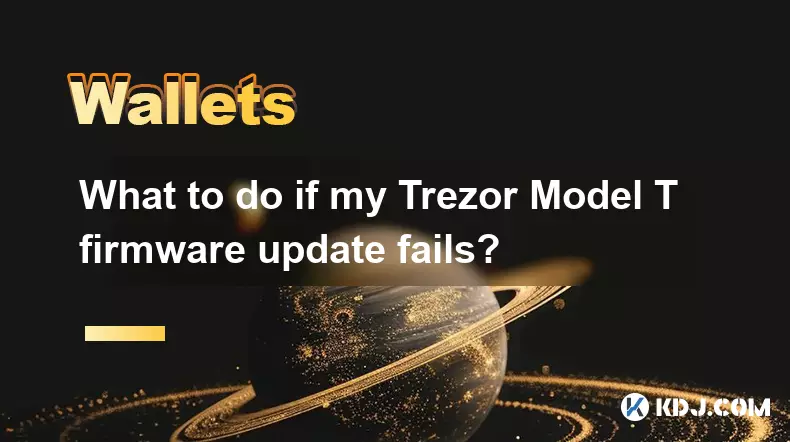
What to do if my Trezor Model T firmware update fails?
Oct 18,2025 at 12:54pm
Understanding Firmware Update Failures on Trezor Model T1. Firmware updates on the Trezor Model T are essential for maintaining security, accessing ne...
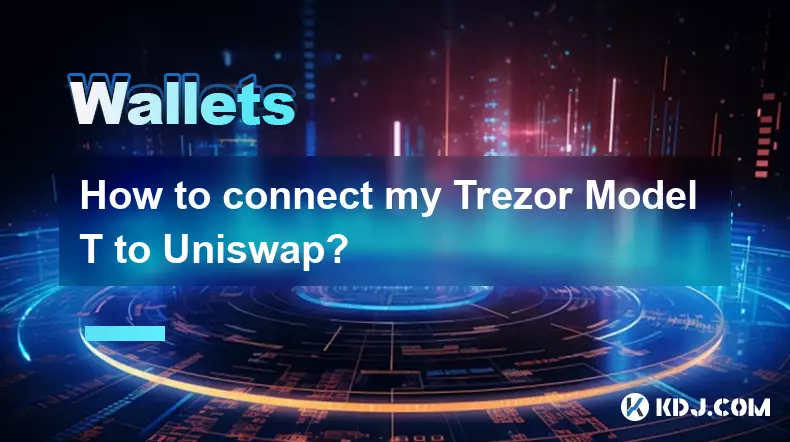
How to connect my Trezor Model T to Uniswap?
Oct 18,2025 at 06:55pm
Understanding the Basics of Trezor and Uniswap Integration1. The Trezor Model T is a hardware wallet designed to securely store cryptocurrencies by ke...
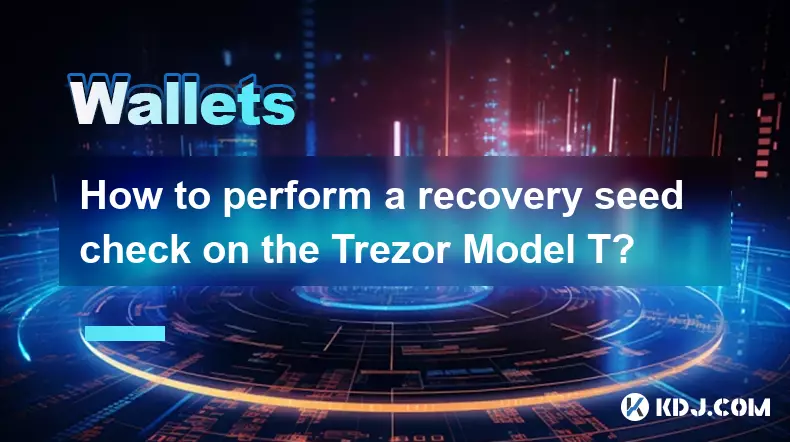
How to perform a recovery seed check on the Trezor Model T?
Oct 18,2025 at 06:18pm
Understanding the Importance of a Recovery Seed Check1. A recovery seed is a critical backup mechanism for cryptocurrency wallets like the Trezor Mode...
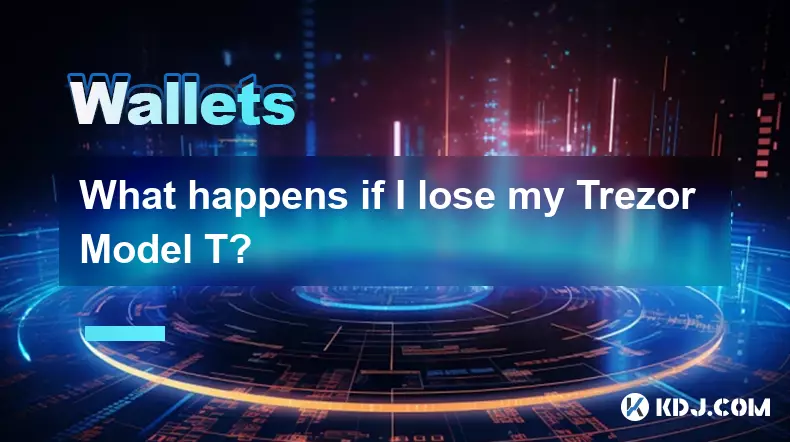
What happens if I lose my Trezor Model T?
Oct 18,2025 at 03:00am
Recovering Access to Your Cryptocurrency After Losing a Trezor Model T1. The Trezor Model T is a hardware wallet designed to securely store private ke...
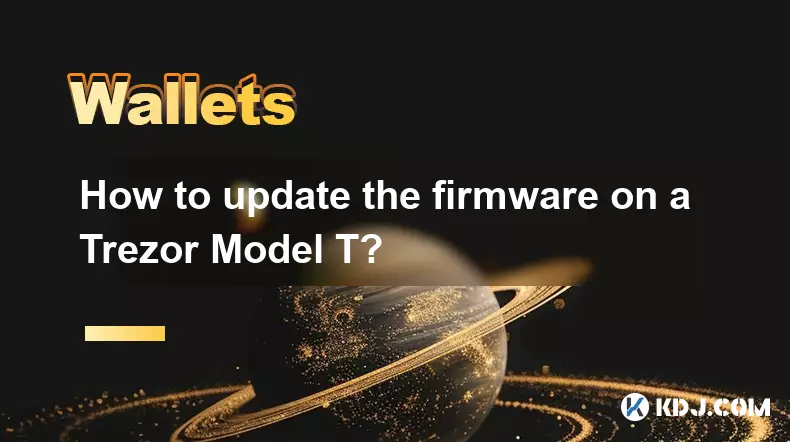
How to update the firmware on a Trezor Model T?
Oct 18,2025 at 12:36pm
Firmware Update Preparation for Trezor Model T1. Ensure your Trezor Model T is fully charged before beginning the update process. A low battery could ...
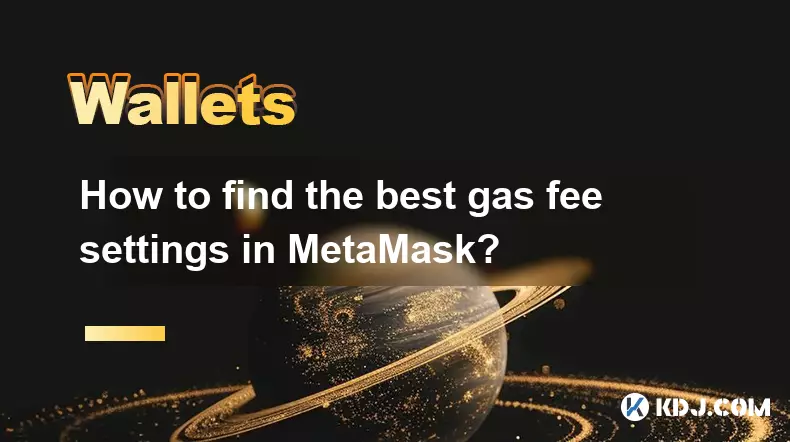
How to find the best gas fee settings in MetaMask?
Oct 17,2025 at 05:54pm
Understanding Gas Fees in MetaMask1. Gas fees are payments made by users to cover the computational energy required to process and validate transactio...

What to do if my Trezor Model T firmware update fails?
Oct 18,2025 at 12:54pm
Understanding Firmware Update Failures on Trezor Model T1. Firmware updates on the Trezor Model T are essential for maintaining security, accessing ne...

How to connect my Trezor Model T to Uniswap?
Oct 18,2025 at 06:55pm
Understanding the Basics of Trezor and Uniswap Integration1. The Trezor Model T is a hardware wallet designed to securely store cryptocurrencies by ke...

How to perform a recovery seed check on the Trezor Model T?
Oct 18,2025 at 06:18pm
Understanding the Importance of a Recovery Seed Check1. A recovery seed is a critical backup mechanism for cryptocurrency wallets like the Trezor Mode...

What happens if I lose my Trezor Model T?
Oct 18,2025 at 03:00am
Recovering Access to Your Cryptocurrency After Losing a Trezor Model T1. The Trezor Model T is a hardware wallet designed to securely store private ke...

How to update the firmware on a Trezor Model T?
Oct 18,2025 at 12:36pm
Firmware Update Preparation for Trezor Model T1. Ensure your Trezor Model T is fully charged before beginning the update process. A low battery could ...

How to find the best gas fee settings in MetaMask?
Oct 17,2025 at 05:54pm
Understanding Gas Fees in MetaMask1. Gas fees are payments made by users to cover the computational energy required to process and validate transactio...
See all articles























![[4K 60fps] 5upreme by RoyalP (1 coin) [4K 60fps] 5upreme by RoyalP (1 coin)](/uploads/2025/10/18/cryptocurrencies-news/videos/k-fps-upreme-royalp-coin/68f2e6c9ef491_image_500_375.webp)


















































